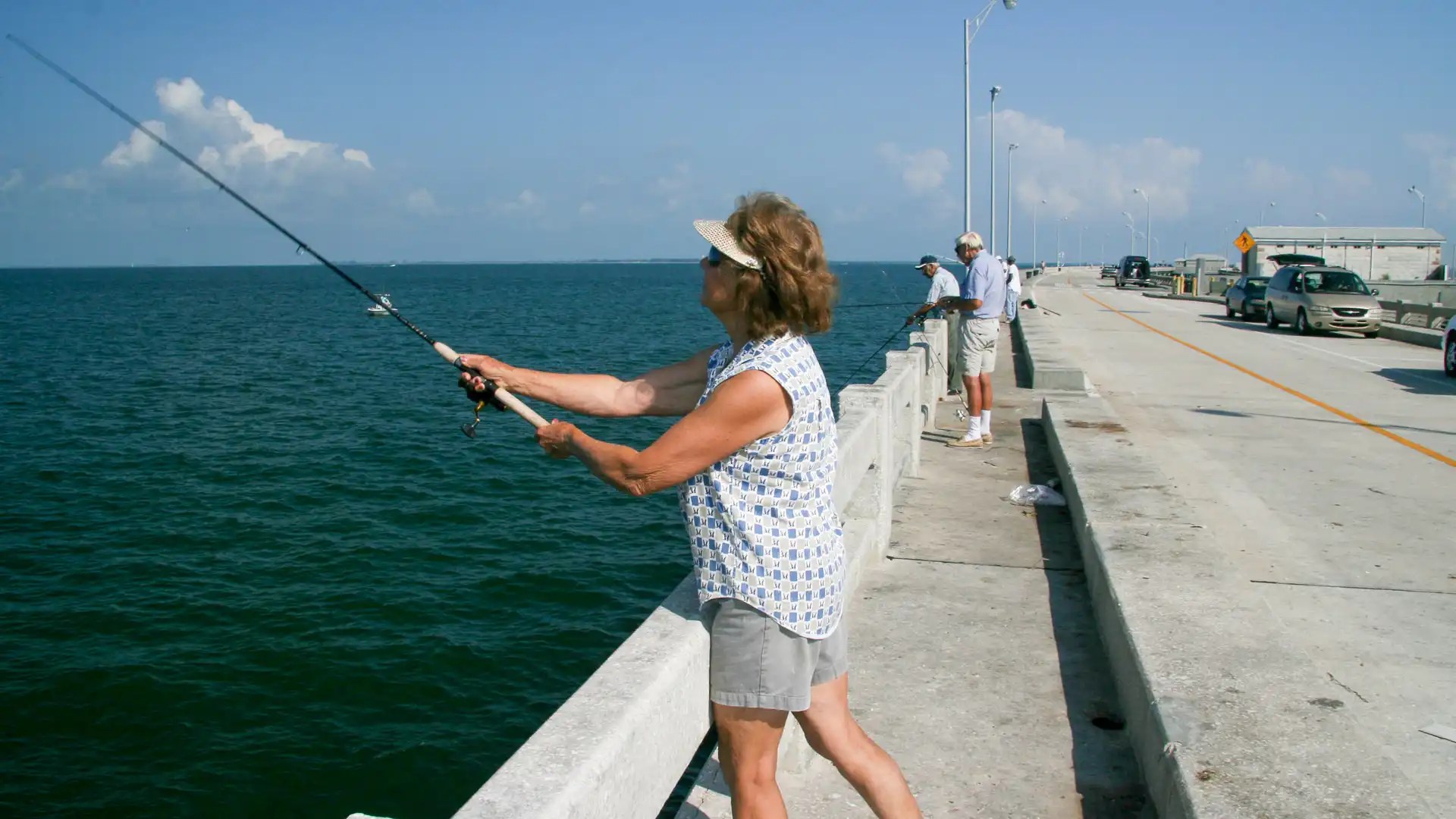
Crossing bays, inlets and various waterways, bridges are built to link adjacent land masses. However, they also connect anglers of all skill levels with fantastic saltwater fishing.
For clarity, you can often fish from shore level at the base of a bridge, but the angles are limited and you’re typically working across rocky embankments that present constant snagging hazards. The best opportunities await from the elevated positions.
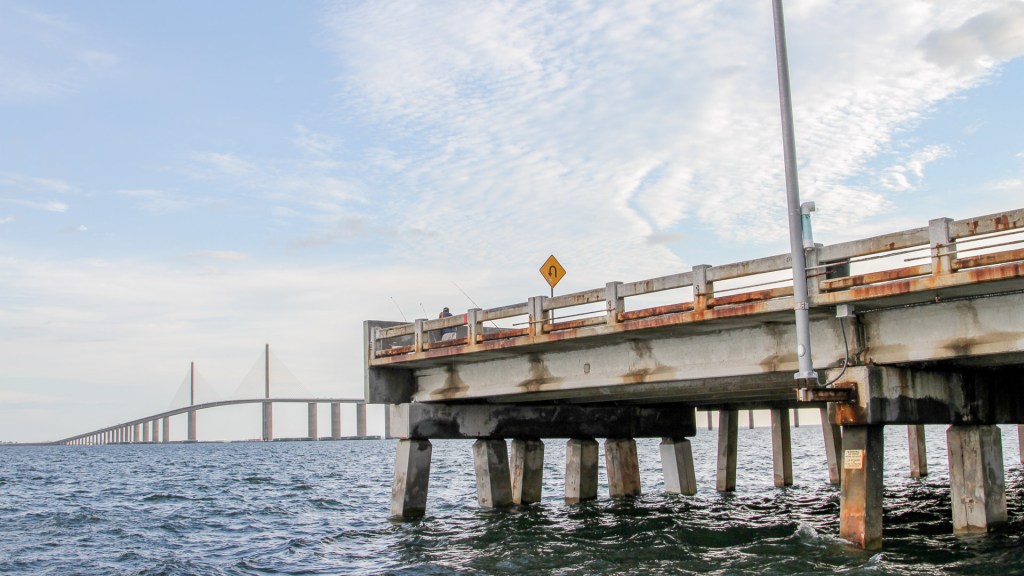
The bridges with designated pedestrian lanes shielded from passing traffic are ideal. In many cases, replaced or damaged bridges (for example, the Sunshine Skyway Bridge across Tampa Bay) are retrofitted with restrooms, parking, etc., to accommodate anglers.
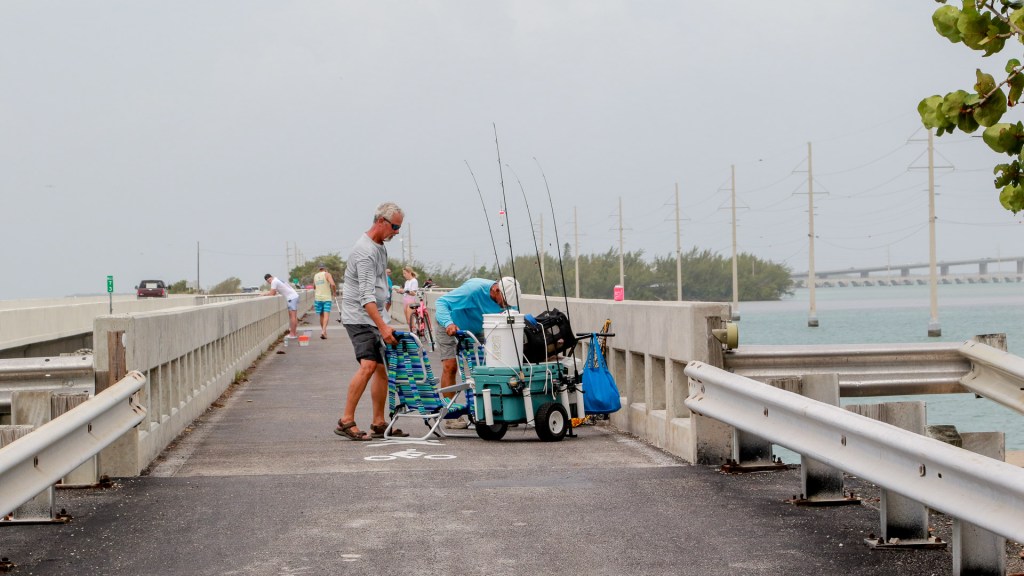
Wherever you fish, consider a handful of pointers on tactics and tools.
Work with the tides
Generally, fish bite best when the water’s moving, as the tides bring food past bridge pilings, channel edges and any adjacent structure, like construction rubble. Moderate tides are usually the most productive because too much current makes it hard to target specific areas, as your bait moves through the zone too quickly.
If you must fish strong tides, make an uptide cast under the bridge and let your bait drift naturally away from the structure. Check daily tide charts and plan your trip around the optimal flow and consider that the strongest tides occur during the full and new moon cycles, while quarter moons typically bring lesser flow.
Tide direction will switch throughout the day, so always work with the water for the most natural presentations and the lowest risk of entanglements. In other words, rather than fishing at a sharp angle beneath the bridge, switch sides (when possible) and fish out and away with greater control.
That being said, while bridge pilings, abutments and fenders (structures guarding the main channel) attract fish with their current breaks and abundant food sources, fishing near these structures requires measured casts and constant attention. First, consider that angled structures extend much farther than their surface position, so allow appropriate spacing to avoid immediately snagging on barnacles and accumulated sea growth.
Also, while allowing the current to move your bait past bridge structures can be a productive strategy, make sure your line angle allows clear passage. This starts with topside positioning, so do your best to stand directly over the desired course and guide your bait through the target zone.
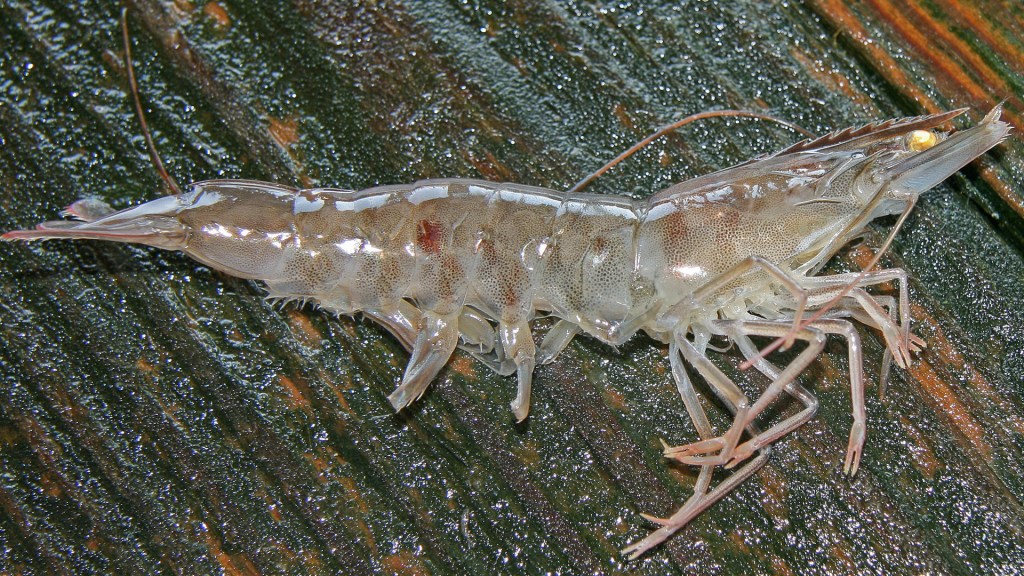
Baits and lures
Local tackle shops and fishing forums can clue you in to the top local baits. You’ll rarely go wrong with live shrimp, but frozen squid, sardines and clam strips also produce. Those dead baits will attract fish with strong odors, but a chum block (frozen brick of ground fish that melts in the current) hung at the water’s surface amplifies the appeal.
Keep your shrimp and any live baitfish in a flow-through bait bucket held in the water on a drop line (requires lifting and lowering with every bait replacement) or an aerated bait container. In a pinch, a sturdy cooler (minus the ice) with a battery-powered portable aerator does the job.
Rigging options are many, but three simple setups will get you started. Just cast and retrieve.
Carolina rig: Run your main line through an egg-shaped slip sinker (2- to 4-ounce, depending on the current), add a plastic rigging bead to protect your knot and tie to one side of a barrel swivel. To the swivel’s opposite side, tie about 3 feet of 20- to 30-pound fluorocarbon leader and then add a circle hook sized to match your bait.
Circle hooks yield secure connections near the front of the fish’s mouth. No hook set required — just slowly retrieve the rig and reel tight when you get a bite.
Jig-and-bait: Tie your leader directly to a 1- to 2-ounce jig (football or other upturned style) and thread a shrimp or a chunk of cut bait onto the hook. Retrieve with an alternating cadence of straight pulls and attention-getting hops.
Float rig: Tie your main line to the top of a “popping cork” rig and add a 3-foot leader below with a circle hook or a light jighead. Add a live or cut bait, let the current drift your rig away from the bridge and simply watch for a fish to pull the float down.
If you like artificial lures, you’ll rarely go wrong by throwing silver or gold spoons, bucktail jigs (white, chartreuse, red/white) or Got-Cha plugs — all of which imitate common baitfish forms and work well from an elevated position. Simply cast and retrieve.
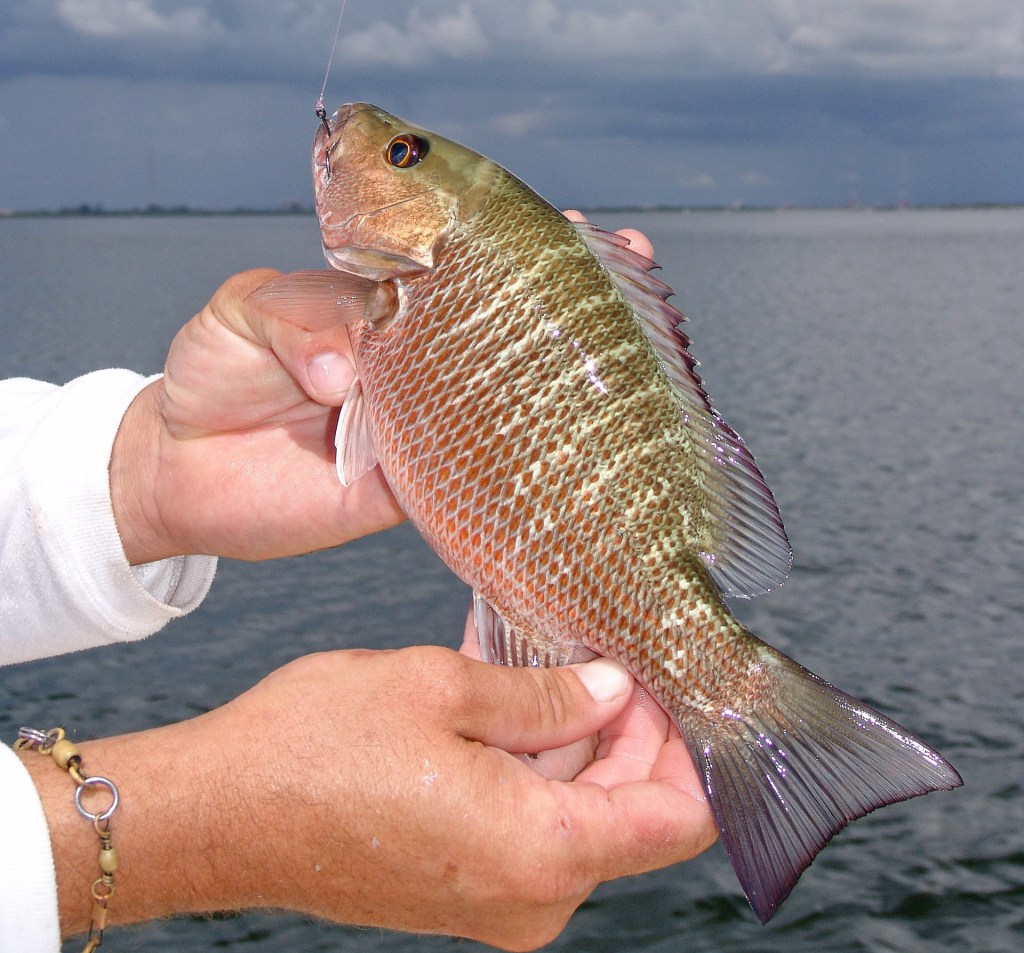
When mackerel, bluefish, barracuda and other high-speed predators abound, modify the basic Carolina rig by pegging the weight against the bead with a bobber stop, extending the leader to 4 to 5 feet and replacing the hook with a silver spoon. Carefully cast the lengthy rig (look behind you first), let the weight drop to the bottom and then reel fast. Kiting up in the water, the spoon resembles a fleeing baitfish and tempts the toothy fish.
In areas where grouper frequent rock piles, reefs or channel edges, let the tide drift a diving plug about 50 to 60 yards downstream, then point your rod at the water and reel to pull the plug across the strike zone.
With any bridge fishing technique, avoid fishing directly into a busy boating channel. Also, keep watch for small boats that might run through the shallower gaps in bridge pilings. No one needs a hook in the face, and you don’t want your rod ripped out of your hands. Stay alert and stay safe.
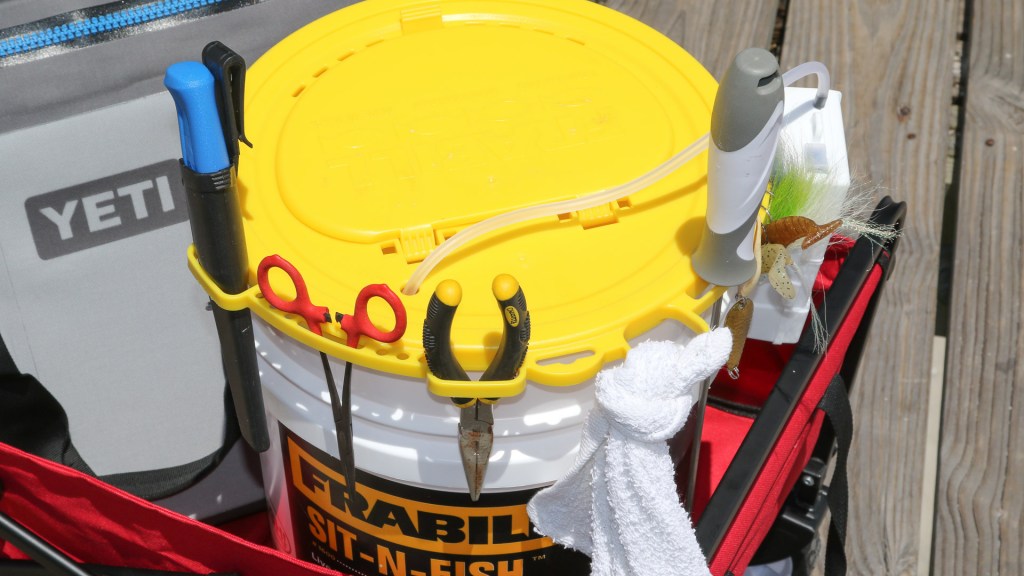
Gear
Specific baits and tackle vary by location, but these tools will help wherever you fish.
Pliers: A narrow or “needlenose” style facilitates dehooking fish, while a line cutter (preferably corrosion-resistant carbide) eliminates the need for a separate tool. A lanyard linking pliers to sheath prevents costly drops like Gerber’s Magnipliers.
Bait knife: A standard fillet knife works fine for slicing and trimming baits, but most bait shops sell inexpensive, short-bladed utilitarian knives ideal for this rough work.
Tip: Carrying a small cutting board or a piece of scrap wood eliminates the knife-dulling mistake of cutting bait against the bridge’s concrete surface.
Bucket: Tackle/gear holder, hand-washing station, simple seating — a 5-gallon bucket serves multiple roles. YETI makes a heavy-duty LoadOut Bucket, but simple models available at home supply stores or bait shops will work.
Flipping a bucket over creates a nice seat, but to maintain the interior space for gear or water, use a bucket lid. Options include recycled industrial-size paint buckets or fishing-specific items likeFrabill’s Sit-N-Fish Insulated Bucket with a padded lid top.
For space efficiency, strap-on gear aprons like the Frabill Pail Pak allow you to keep tackle, tools, etc., outside the bucket when you’re using the interior to hold water or frozen or live bait. For the latter, you’ll appreciate a lid organizer with slots for holding a clip-on aerator, bait knife, pliers and spare hooks.
Tip: Maintained fishing bridges (replaced bridges converted into piers included) often provide spigots that pump up local water, but if you’re not sure, filling your bucket about halfway at water level before moving onto the bridge is much easier than trying to fill a bucket on a rope.
If you must lower a bucket to collect water — it may be necessary to change your water a couple of times — tie a couple of 4-ounce sinkers to the bucket handle. It’s often difficult to make a dropped bucket tilt downward to allow water inflow, but a weighted handle does the trick. For hand-friendly gripping, use at least a 1/2-inch-diameter nylon rope to lower/lift your bucket.
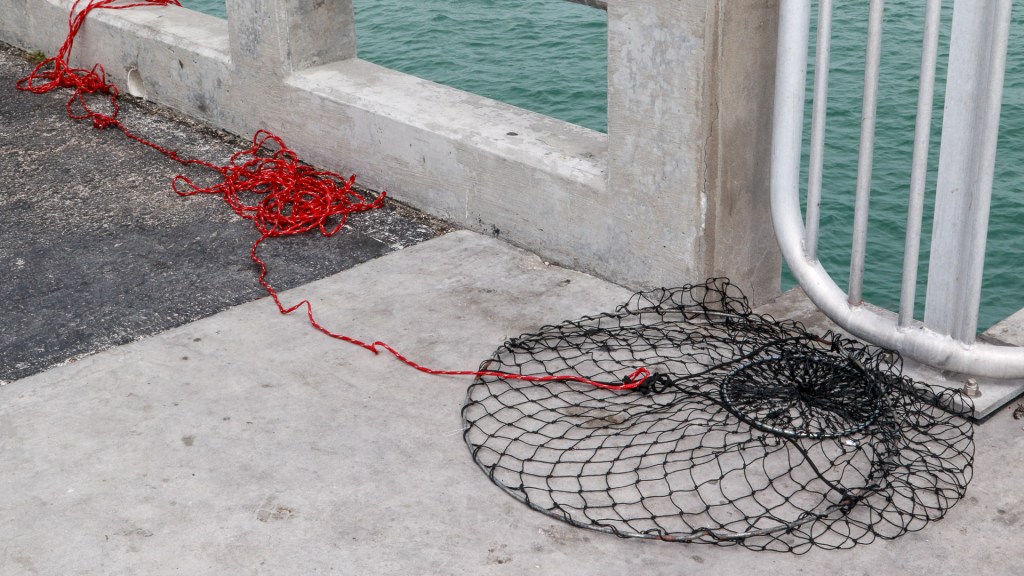
Drop net: When you hook something that’s too big to reel up to your bridge perch, lowering a weighted net with a rigid circular mouth helps secure your catch.
Carry it: While some find a shoulder-slung tacklebag, a bucket and a couple of rods sufficient, bridge/pier carts make it easy to transport a more elaborate bridge effort in one trip. Aluminum-frame carts offer space for a cooler, bait tank, tacklebags and several fishing rods, while Berkley’s Jumbo Fishing Cart offers the same in a collapsible, storage-friendly design.
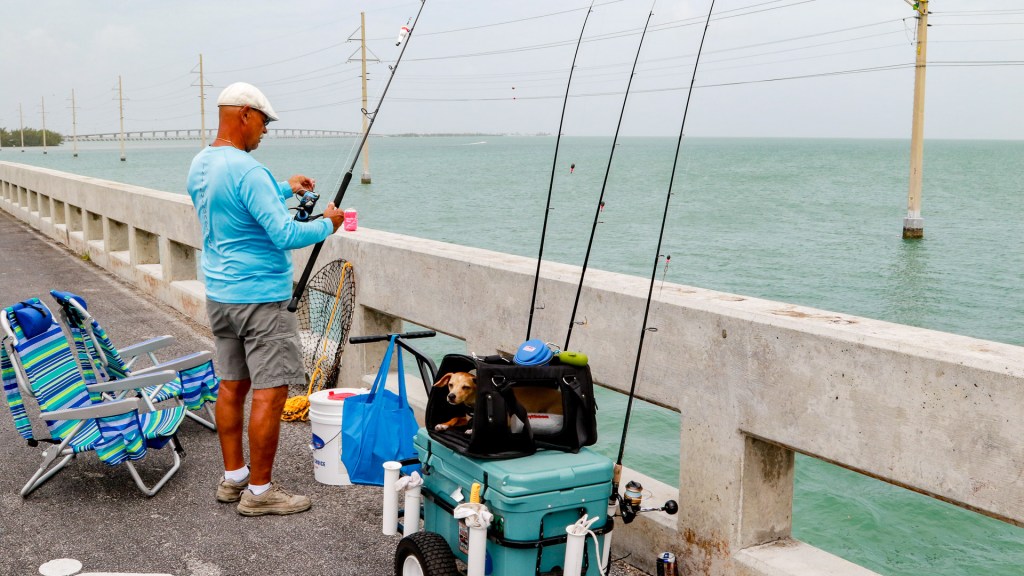
Other options: Folding canvas garden carts, hand trucks (dollies) strapped with milk crates or other storage bins and old-fashioned two-wheel grocery baskets will also do the trick. Zip-tie rod holders to your modified cart and you’re good to go.
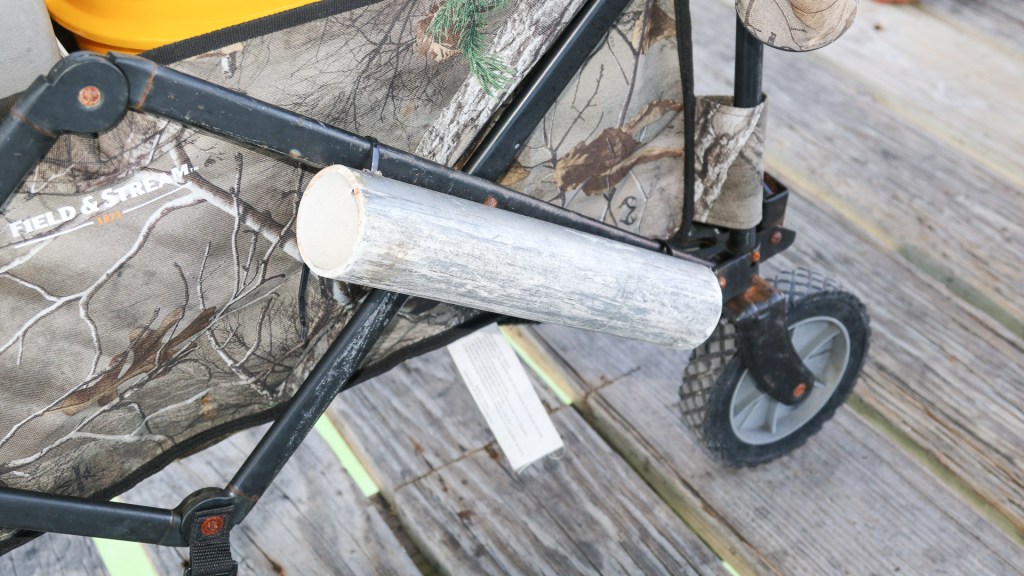
Creature comforts
Dress for the expected weather and keep a lightweight packable rain jacket handy for sudden showers or the cool of early morning or night fishing. Enclosed shoes are best, as dropped hooks, fish spines and hot surfaces can make exposed or bare feet uncomfortable.
A hat, lightweight neck gaiter and polarized sunglasses maximize your comfort, while sunscreen and insect repellant complete the plan. (Wash hands thoroughly after applying sunscreen, as the chemical smell can transfer to bait/lures and spook fish.)
Cooler: Carry plenty of beverages and snacks for a day of fishing. If you’re keeping fish and you’re limited to a single cooler, use a heavy-duty trash bag to shield your consumables from fish slime and smells.
Seating: While those cooler tops and 5-gallon bucket lids offer space-efficient options, folding lawn chairs, sports chairs or camp stools can also help pass the time more comfortably. Whatever you choose, make sure the design and positioning allow quick and unobstructed access to a bending rod.
Keep it legal
State and federal fishing regulations apply to bridge fishing, so familiarize yourself with all size, season and bag limits. Also, check licensing requirements. For example, Florida residents can fish from land or structures attached to land with a no-cost saltwater shoreline license. A small service fee may apply for online or telephone orders.





